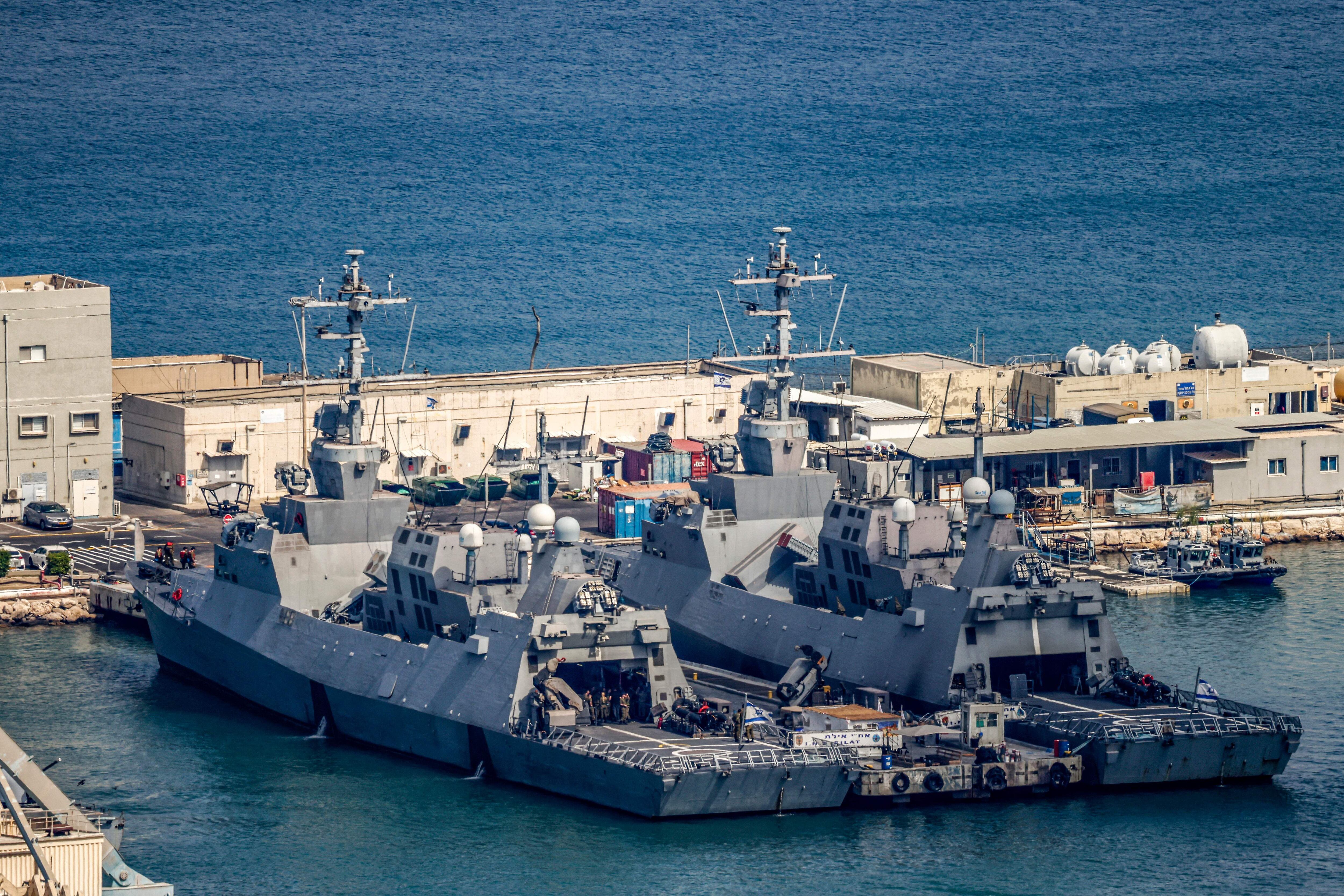
Add Israel to the Combined Maritime Forces and its Red Sea task force
Egypt took command of the multinational Combined Task Force 153 on Dec. 12 during a ceremony in Bahrain. The task force, which was established in April 2022, focuses on maritime security in the Red Sea, the Bab el-Mandeb and the Gulf of Aden. Egypt’s laudable new leadership of CTF 153 and the task force’s growing momentum will help secure vital waterways, while building partner capacity and enhancing cooperation among regional and international forces.
That’s more important than ever as Iran, its terror proxies and others continue to use the Red Sea to conduct illicit smuggling and disrupt international shipping. Expanding CTF 153 and its parent organization, the Combined Maritime Forces, to include countries such as Israel can help secure crucial sea lines of communication.
CMF is a U.S.-led naval partnership comprising 34 members, including Bahrain, Iraq, Jordan, Kuwait, Saudi Arabia and the United Arab Emirates. India, Djibouti, Kenya, and Oman are CMF partner nations. On average, there are six to eight vessels from contributing countries operating in support of the task force. Those efforts have already yielded results: A vessel operating in support of CTF 153 seized more than 2,500 kilograms of illegal drugs worth an estimated $20 million from a fishing vessel in November in the Gulf of Aden.
Egypt first joined the CMF in April 2021 and is already leading the newly stood-up task force. U.S. Defense Secretary Lloyd Austin praised Egypt’s assumption of command of CTF 153 in a Dec. 14 meeting with President Abdel-Fattah el-Sissi. Cairo has made significant investments in new naval facilities bordering the Red Sea. The Egyptian Navy regularly operates in the Red Sea, bringing valuable maritime expertise and regional knowledge.
To build on the task force’s early success, generate additional capability, and reduce demands on finite, manned naval vessels, CTF 153 has worked with the U.S. Navy’s Task Force 59, which integrates unmanned air, sea and underwater technologies in maritime operations.
Notably, Iran has repeatedly attempted to seize American unmanned surface vessels. On Aug. 29, 2022, the U.S. Navy detected an Iranian ship in the Persian Gulf towing an American USV. When U.S. forces responded, the Iranian vessel cut the line towing the USV and departed. Two days later, another Iranian ship seized two USVs that had been operating in the Red Sea for more than 200 days without incident. Two U.S. Navy guided-missile destroyers responded quickly, seeking to recover the USVs. The Iranian crew refused to release them for approximately 18 hours, eventually relenting the next morning.
As these incidents demonstrate, American-led efforts to increase maritime surveillance and interdiction capabilities with key regional partners clearly has caused consternation for the Islamic Republic of Iran, which remains a leading threat to freedom of navigation in the wider Middle East. Tehran would prefer to keep its malign maritime activities concealed and its adversaries divided.
Countries that support freedom of navigation, regional stability and the rule of law should not let Iran get away with that strategy.
So what’s to be done?
The United States and its Arab partners should seek to build a large, capable and unified coalition in the Middle East to expose and counter maritime aggression and illicit activities. As a next step, Israel should be added as a formal member of CMF and participate in CTF 153. That would promote regional security, while undermining the Islamic Republic of Iran’s efforts to isolate its adversaries.
Indeed, Israel shares an interest in countering smuggling and other malign activity in the Red Sea, and it previously conducted naval exercises with Bahrain, the UAE and the U.S. in those waters focused on “visit, board, search and seizure tactics.”

The Israeli Navy is one of the more capable in the region and has a naval base at Eilat located on the Red Sea’s Gulf of Aqaba. The Israeli Navy includes missile ships, corvettes, supply ships and submarines, many of which are equipped with advanced sensors and supported by USVs and air assets. Israeli naval assets also include dozens of patrol boats operated by crews experienced in detecting and interdicting smuggling operations, especially those conducted by Iranian proxies.
Despite this fact, Israel is not a member of CMF and is not part of CTF 153.
The Pentagon added Israel to U.S. Central Command’s area of responsibility in 2021, recognizing that doing so can promote regional security and create a more capable and unified deterrent against Tehran and its terror proxies. The same motives should inspire governments of good faith to support the addition of Israel to the Combined Maritime Forces.
Bradley Bowman is senior director of the Center on Military and Political Power at the Foundation for Defense of Democracies think tank, where Ryan Brobst is a research analyst.